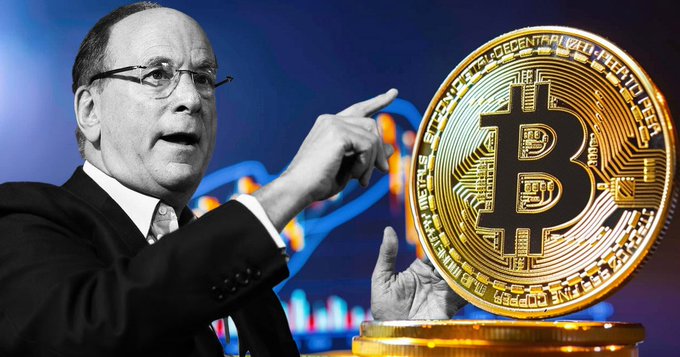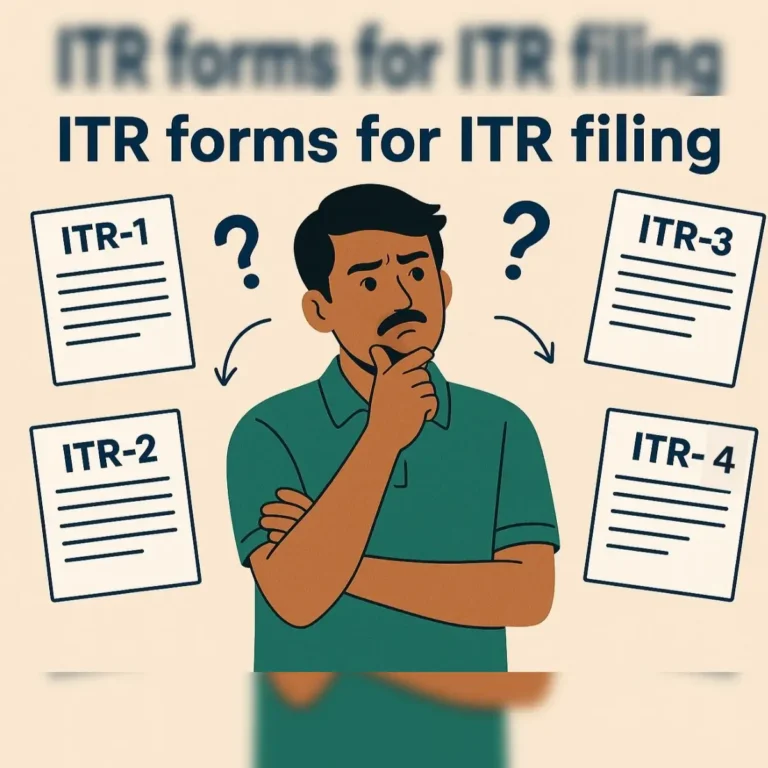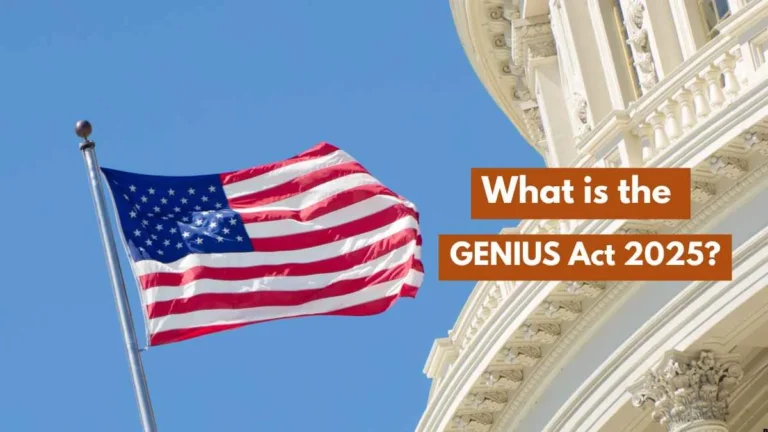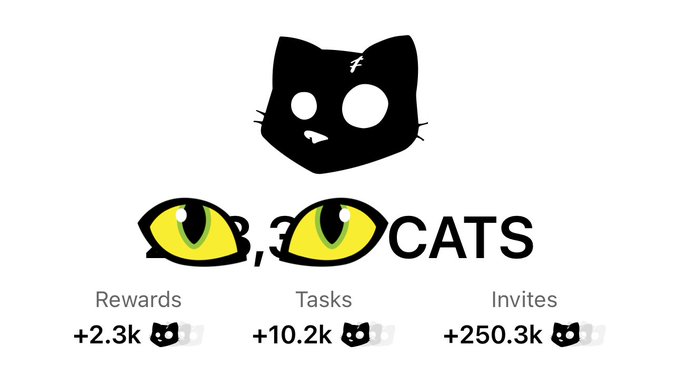What Is Tokenization And Why Is It Crypto’s Next Big Thing?
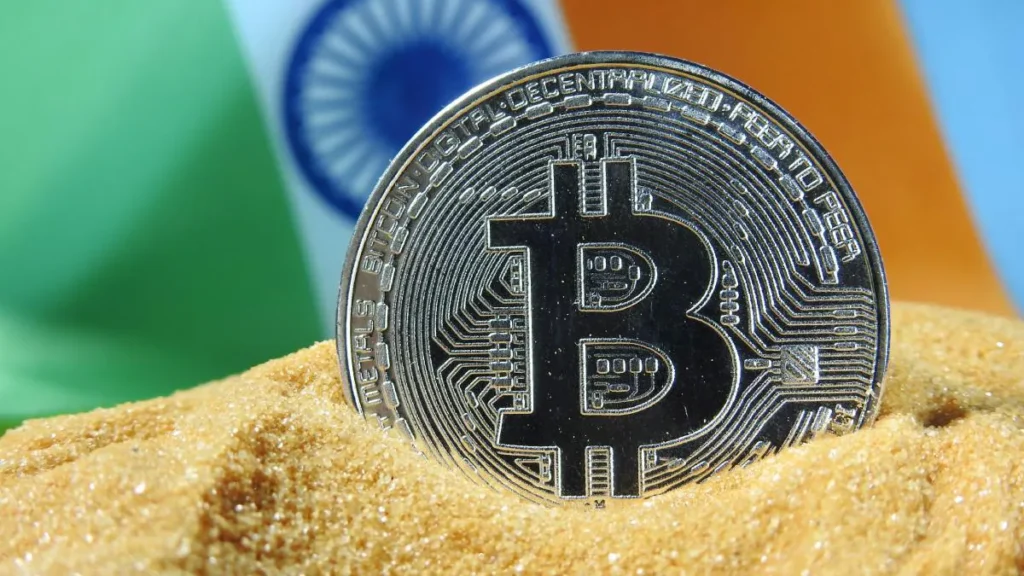
Banks have long discussed issuing tokenized forms of other kinds of assets, which they claim will make it easier, speedier and less expensive to trade.
Tokenization has been a crypto community buzzword for a long time, with enthusiasts debating for many years that blockchain-based assets would revolutionize the underlying foundation of financial markets.
The technology is regarded as growing very quickly in the next years, particularly in the US, with assistance from the adoption of three new bills. The administration of President Donald Trump has relaxed regulation of the wider crypto space, opening the door for a boom in the valuation of companies in the space and the fast growth of crypto-related securities.
And yet, in recent years, market growth in the market for tokenized assets has been much slower than anticipated, with numerous projects in embryonic stages or not yet live.
What Is Tokenization And Why Is It Crypto’s Next Big Thing?
How Does Tokenization Work?
The term “tokenization” is used in a variety of ways. But it generally refers to the process of turning financial assets – such as bank deposits, stocks, bonds, funds and even real estate – into crypto assets.
This means creating a record on digital ledger blockchain that represents the original asset. These blockchain-based assets, or “tokens”, can be held in crypto wallets and traded on blockchain, just like cryptocurrencies.
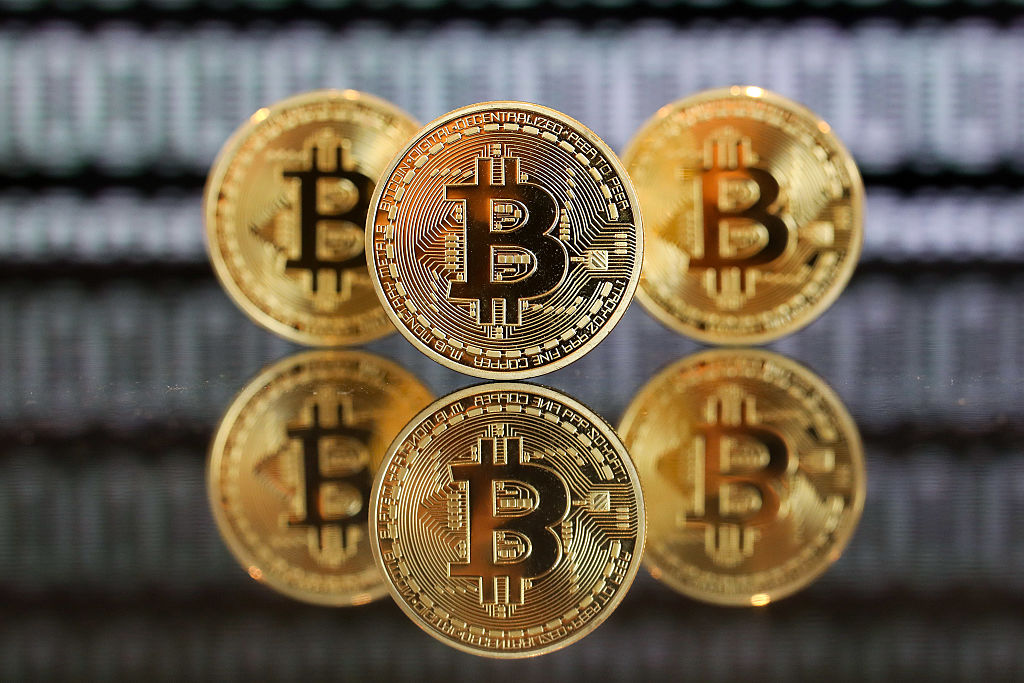
Where Do Stablecoins Come In?
Stablecoins can be seen as an example of tokenization. They are a type of cryptocurrency designed to maintain a constant value by being pegged to a real-world currency, typically the US dollar. The issuer holds one US dollar in reserve for every dollar-pegged crypto token it creates.
Stablecoins are blockchain-based tokens acting as a proxy for an asset that already exists outside the blockchain.
They allow people to move money across borders without interacting with the banking system. While critics say that this makes them useful for criminals who want to avoid banks’ anti-money laundering checks, stablecoin issuers say that they are a lifeline for people in countries without a developed payments system.
What Is Tokenization And Why Is It Crypto’s Next Big Thing?
Are Tokenized Assets Taking Off?
Yes and no. Stablecoins have grown in recent years, with the market estimated to be worth about $256 billion, according to crypto data provider CoinMarketCap, and expected to touch $2 trillion by 2028, according to Standard Chartered.
But banks have talked for years about creating tokenized versions of other types of assets, which they say will make trading more efficient, faster and cheaper, and those “tokens” have struggled to gain traction.
While there have been individual issuances, there is not a liquid secondary market for these kinds of assets.
One impediment to trading traditional assets via blockchain is that banks are working on their own private networks, making it difficult to trade across platforms.
What Are The Pros Of Tokenization?
Some proponents of the crypto industry have said tokenization can improve liquidity in the financial system. Illiquid assets like real estate could be traded more easily if they are broken up into small digital tokens.
It is also expected to improve access to asset classes that are typically out of reach of smaller investors by creating a cheaper entry point.
Which Companies Are Interested In Tokenization?
Some major global banks, including Bank of America and Citi have said they could explore launching tokenized assets, including stablecoins.
Asset manager BlackRock is also doubling down on the tokenization boom, and has highlighted its ambition of becoming the largest cryptocurrency manager in the world by 2030.
Coinbase, the largest US crypto exchange, is seeking permission from the SEC to offer “tokenized equities” to its customers.
How Does New Regulation Help Tokenization?
Since stablecoins themselves are tokens and seen as one of the biggest drivers of the growth of tokenization, the new stablecoin law will end up boosting the proliferation of tokenization, experts say.
The new market structure bill, known as the Clarity Act, is expected to establish a clear framework that could enable stablecoins and other crypto tokens to become more widely used.
What Are The Risks?
Some analysts say the hype around tokenization might be premature and caution that the rapidly growing crypto ecosystem could experience near-term turbulence due to the potential risks of a big decline in prices.
European Central Bank President Christine Lagarde has warned stablecoins pose risks for monetary policy and financial stability.
Some critics of the industry warn the frenzy around the new technology could introduce new systemic risks, especially in the absence of stringent regulation. They also say there is no reason why blockchain should be any more efficient than the electronic ledgers and trading systems already used in financial markets.
Buyers of third-party tokens, which are issued by unaffiliated third parties – such as crypto exchange Kraken – that have custody of securities, could be exposed to counterparty risks, and regulators are sounding notes of caution.
Earlier in July, Hester Peirce, a commissioner at the US Securities and Exchange Commission who has frequently spoken positively about cryptocurrency, said tokenized securities would not be able to circumvent existing securities laws.
More than half of the world’s US dollar stablecoins are issued by a single company, Tether, which says it manages $160 billion in reserves, but has not undergone a financial audit.
What Is Tokenization And Why Is It Crypto’s Next Big Thing?
FAQs: Tokenization in Crypto
1. What is tokenization in crypto?
Tokenization is the process of converting real-world assets (like real estate, gold, art, or company shares) into digital tokens on a blockchain. These tokens represent ownership or rights to the underlying asset and can be bought, sold, or traded easily.
2. What are examples of tokenized assets?
Examples include:
- Real estate: Fractional ownership of property
- Equities: Tokenized company shares
- Commodities: Gold or oil-backed tokens
- Art & collectibles: Digital ownership of rare items
- Bonds or loans: Tokenized debt instruments
3. Why is tokenization becoming popular in 2025?
Tokenization is gaining momentum because it:
- Increases liquidity of traditionally illiquid assets
- Reduces transaction costs and intermediaries
- Enables 24/7 global trading
- Allows fractional ownership (e.g., own 0.1% of a building)
- Enhances transparency and security via blockchain
4. How does tokenization differ from NFTs?
NFTs (non-fungible tokens) are a type of tokenization focused on unique assets, like digital art or collectibles. Tokenization, however, often involves fungible tokens that represent interchangeable ownership of assets like real estate, stocks, or gold.
5. What blockchain is used for tokenization?
Tokenized assets can be built on multiple blockchains, including:
- Ethereum (most popular for smart contracts)
- Polygon (scalable and cost-effective)
- Solana
- Avalanche
- Private blockchains used by banks (e.g., JPMorgan’s Onyx)
6. Is tokenization legal?
Yes, in many countries—but regulations vary. Governments like the US, UK, Singapore, and UAE are updating laws to allow regulated tokenized assets. In India, regulatory clarity is evolving.
7. What industries are using tokenization in 2025?
Tokenization is being used across:
- Real estate
- Finance & banking
- Supply chain
- Insurance
- Art & music
- Gaming (GameFi)
- Healthcare data sharing
8. What are the risks of tokenization?
- Regulatory uncertainty
- Platform security vulnerabilities
- Lack of liquidity for some token types
- Counterparty risks
- Smart contract bugs
9. How can I invest in tokenized assets?
- Through tokenization platforms like:
- Securitize
- Polymath
- RealT
- INX
10. What’s the future of tokenization in crypto?
Tokenization is expected to become a $16 trillion+ market by 2030, with more real-world assets being integrated into blockchain ecosystems. Major institutions like BlackRock, JPMorgan, and HSBC are already adopting tokenized bonds and funds.
It’s seen as the future of financial markets, making them more efficient, inclusive, and transparent.

